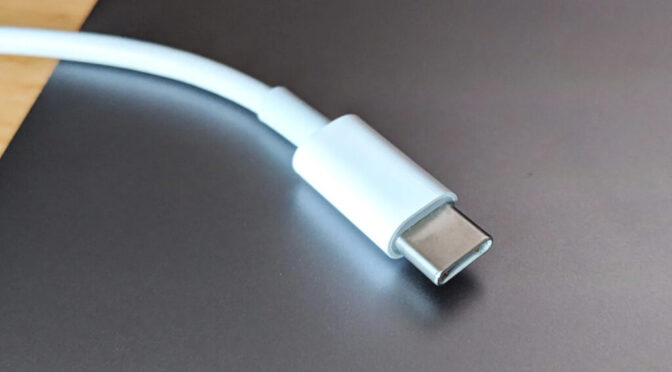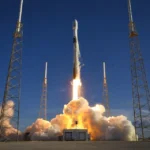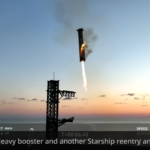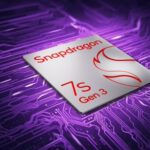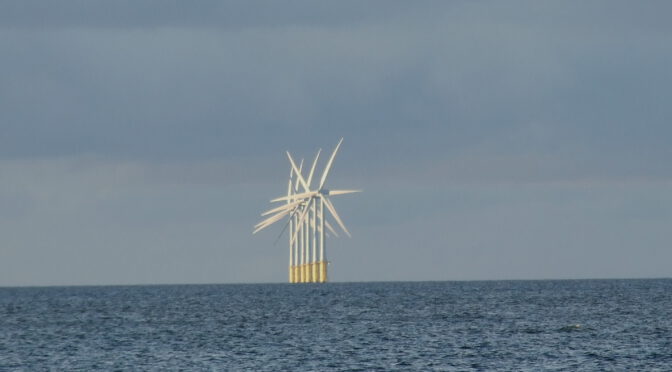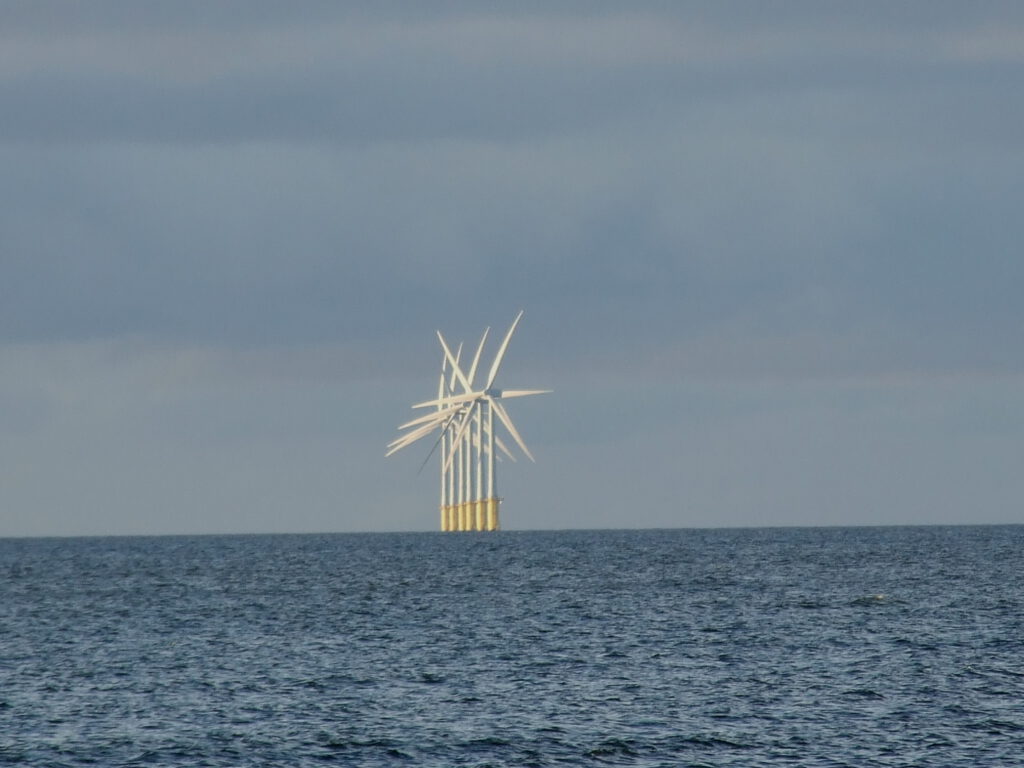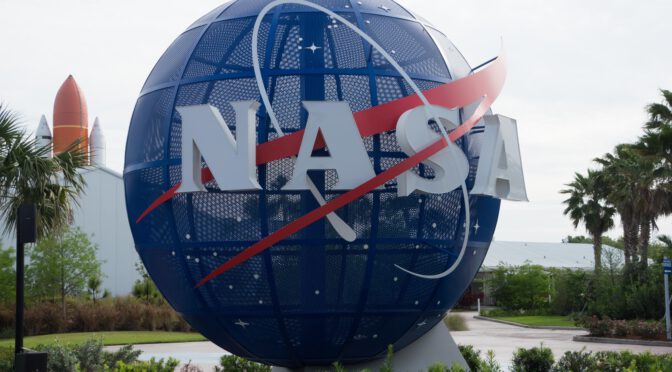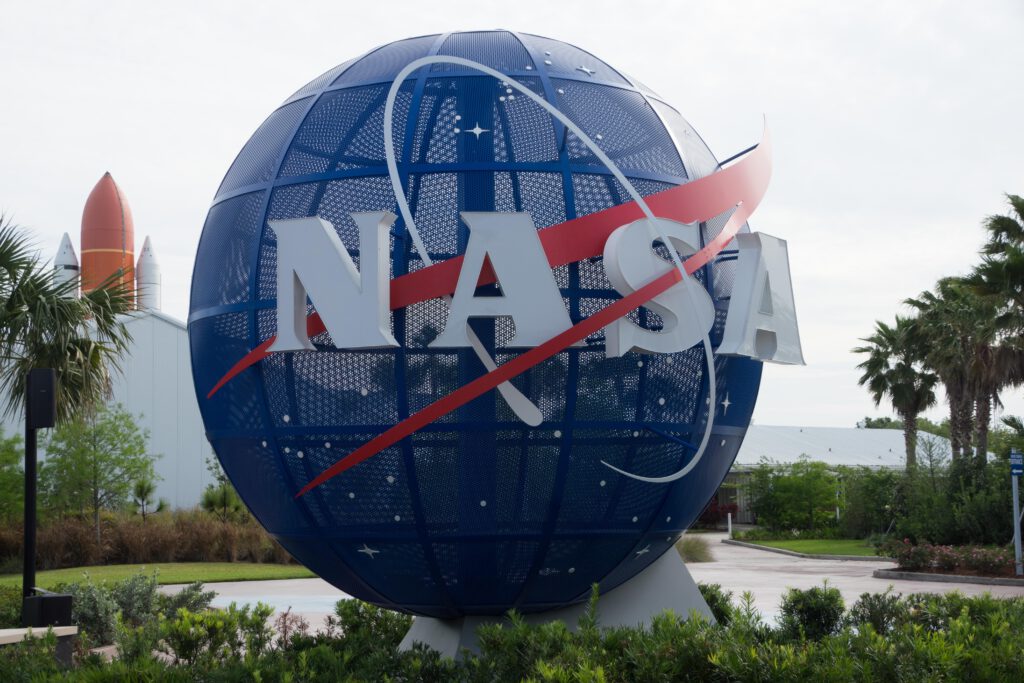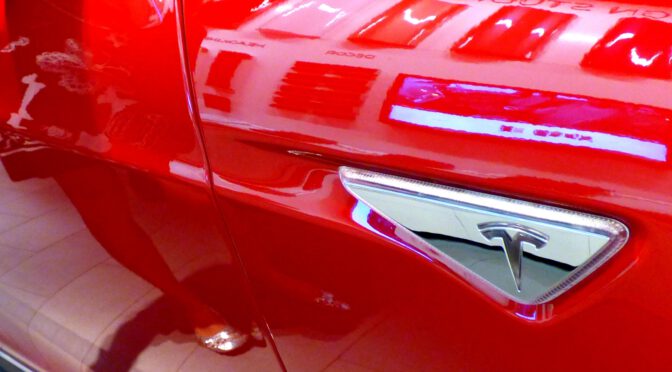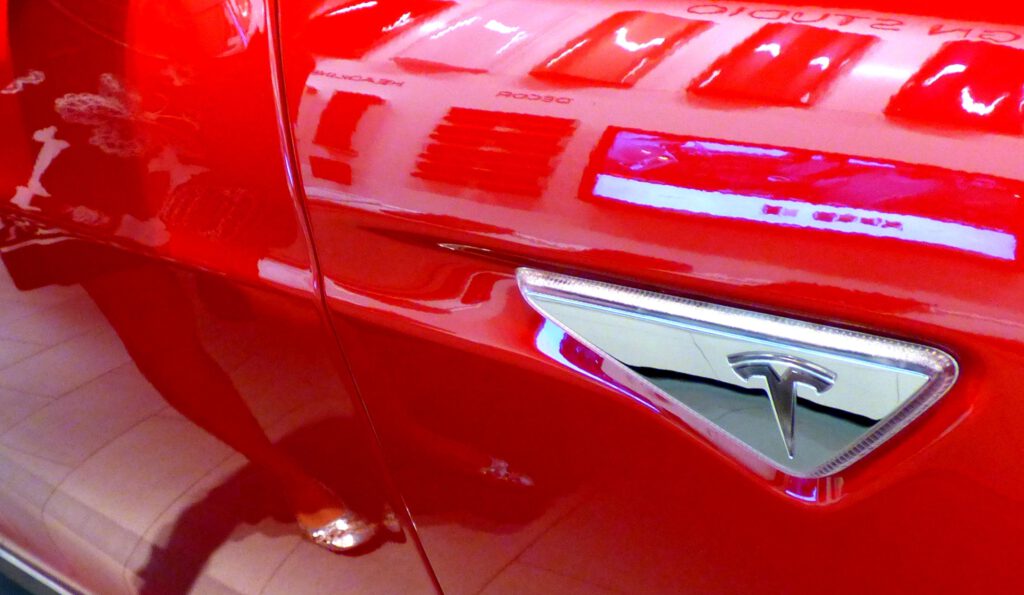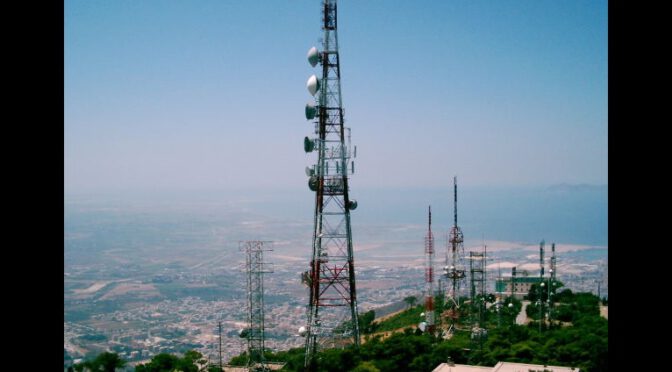The first update of USB 4 should support twice the data rate as before and bring improvements for USB 3.2.
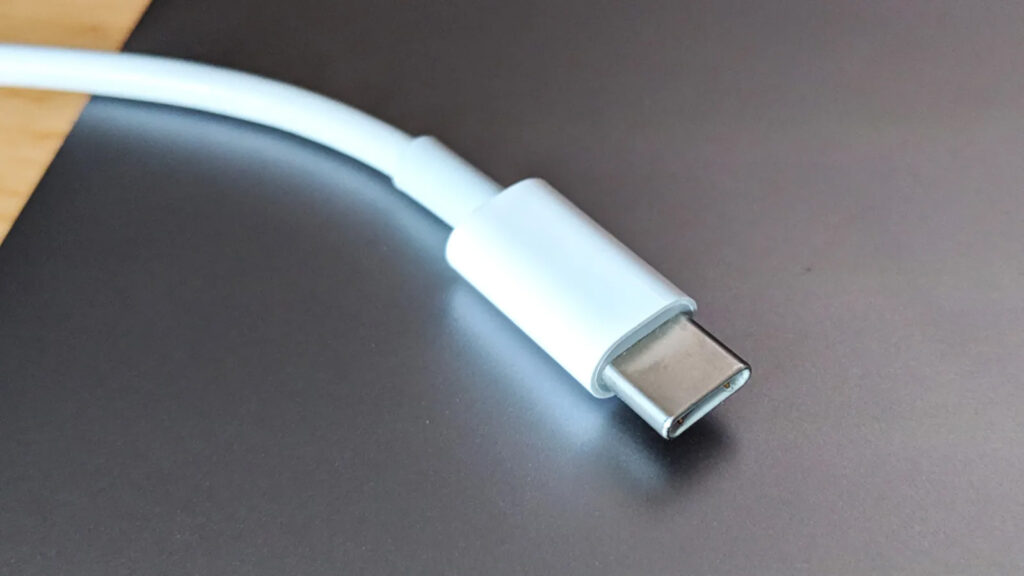
The USB Promoter Group has announced the forthcoming specification of USB 4 Version 2.0 . The biggest innovation is said to be support for data rates of up to 80 Gbit/s over existing USB-C cables and ports. The committee thus doubles the maximum possible transmission rate of the Universal Serial Bus compared to USB 4, which supports a maximum of 40 Gbit/s. The specification for USB-C and USB Power Delivery should be adjusted accordingly.
In addition to the existing passive USB-C cables, the new higher data rate should also be able to be achieved via newly specified active USB-C cables, as the announcement states. In practice, the higher transmission rate is achieved through changes to physical layer 1 in the OSI layer model, which means that changes to the controller will probably be necessary.
Higher transmission rate thanks to new modulation
A few weeks ago, an Intel manager accidentally disclosed the work on 80G Phy Technology, i.e. a new transmission standard with 80 GBit/s. It is now clear that this should be USB 4 version 2.0. It also follows from this how the higher data rate is to be achieved.
A pulse amplitude modulation with three states (-1,0,+1), PAM-3 for short, is probably used. Only two states (0,+1) are possible with the Non Return to Zero ( NRZ ) used so far. Two consecutive signals are combined to form a 3-bit data signal for data transmission. PAM-4, on the other hand, uses four symbols, i.e. two bits, which are transmitted per cycle.
If only PAM-3 is used for USB 4 Version 2.0, the clock rate of the transmission compared to USB 4 must also be increased in order to double the data rates. Among other things, PAM-3 is also used for 100 Mbit/s Ethernet (100BASE-T1).
Backwards compatible and protocol updates
The improved transfer rate should also come into play in the other USB specifications. Specifically, the announcement promises, for example, that the tunneling of data in USB 3.2 should be able to exceed the previously possible maximum of 20 Gbit/s. The new standard should also be backward compatible with USB 4 Version 1.0 , USB 3.2, USB 2.0 and Thunderbolt 3.
In addition, the USB standard is to be adapted to the current display port and PCIe standards. This should be Displayport 2.0, which also transmits 80 GBit/s, which can already be possible with a USB-C cable . In addition, there is probably PCI Express 5.0 , which theoretically enables transfer rates of up to 128 GB per second when using 16 lanes. With USB 4 Version 2.0, of course, this cannot be achieved.
